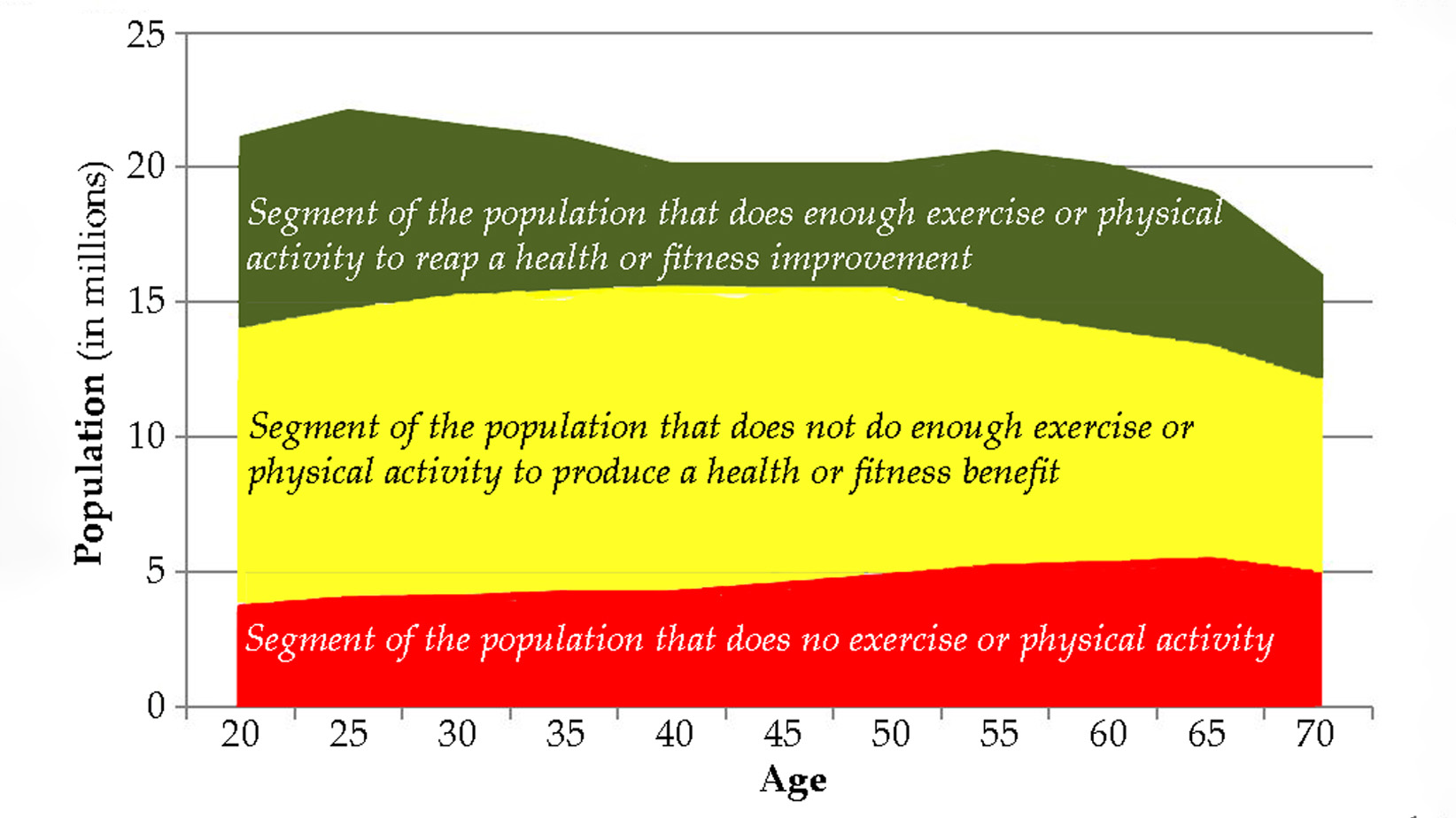The word probability has been used in a variety of ways since it was first applied to the mathematical study of games of chance. Does probability measure the real, physical, tendency of something to occur, or is it a measure of how strongly one believes it will occur, or does it draw on both these elements? In answering such questions, mathematicians interpret the probability values of probability theory.
There are two broad categories[1][2] of probability interpretations which can be called “physical” and “evidential” probabilities. Physical probabilities, which are also called objective or frequency probabilities, are associated with random physical systems such as roulette wheels, rolling dice and radioactive atoms. In such systems, a given type of event (such as a die yielding a six) tends to occur at a persistent rate, or “relative frequency”, in a long run of trials. Physical probabilities either explain, or are invoked to explain, these stable frequencies. The two main kinds of theory of physical probability are frequentist accounts (such as those of Venn,[3] Reichenbach[4] and von Mises)[5] and propensity accounts (such as those of Popper, Miller, Giere and Fetzer).[6]
Let's start with the truth!
Support the Broken Science Initiative.
Subscribe today →
recent posts
Expanding Horizons: Physical and Mental Rehabilitation for Juveniles in Ohio
Maintaining quality of life and preventing pain as we age.



